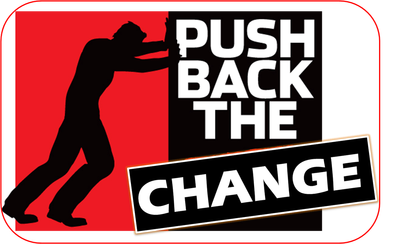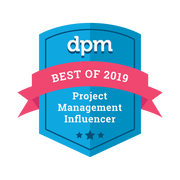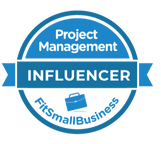When Rod Willis researched why people resist change he found that in the majority of cases, leaders and managers don’t possess the necessary understanding of human psychology to effectively deal with the typical symptoms. He concluded that most managers operate at a capability level and fail to engage at a deeper level. This means that they consider what their team members are capable of doing and how they do it as a function of their skills, rather than considering why they do what they do and what they believe about themselves.
The majority of the resistance to change symptoms which Willis identified were a result of people’s values and beliefs, sense of identify and personal purpose not being met. People do not leave their emotions, doubt, fear or lack of trust at home. They bring them to work where they may be perceived as resistance. Willis concluded that there is a direct correlation between a manager’s ability to work at a deeper psychological level and bringing about successful change.
To make resistance disappear, we have to focus on building trust and removing doubt and fear. Overcoming resistance is about understanding people’s psychology and getting to the root of the opposition. This is a process, which will take time. According to Professor Eddie Obeng, resistance to change comes about when we go too fast. He says that the natural remedy is to go slower. He also suggests that we allow people to be part of the story and that we ask more questions. Questions are a great way to open up and allow co-ownership.
There are several ways in which you can make people active participants in a change initiative and draw them into the story. You can for instance:
- Create surveys to elicit views and opinions from staff.
- Set up discussion forums where ideas can be sourced and debated in a wider group.
- Give people a role to play by delegating part of the change process to those who will be affected by it.
- Appoint employee representatives and invite them to take part in executive decision-making meetings.
- Facilitate workshops to develop a collective understanding of the issues, approaches and methods going into the change.
The power of these methods is that they draw the employees into the process by engaging them, creating a dialogue and by giving them a role to play. It is no longer a one-directional flow where employees are simply being told what to do. Now, people feel that their input matters. They are being listened to and have become active participants who have real influence.
If you liked this post, you may also like:
Project Leaders have a positive and empowering mindset
Diversity and inclusion can increase team performance
Risk management is how adults manage projects!
6 principles for building trusting and lasting relationships
Deep work: How to embrace this superpower of the 21st century

To read more about how to become a project leader and overcome resistance to change, get hold of The Power of Project Leadership (2nd edition).









 RSS Feed
RSS Feed